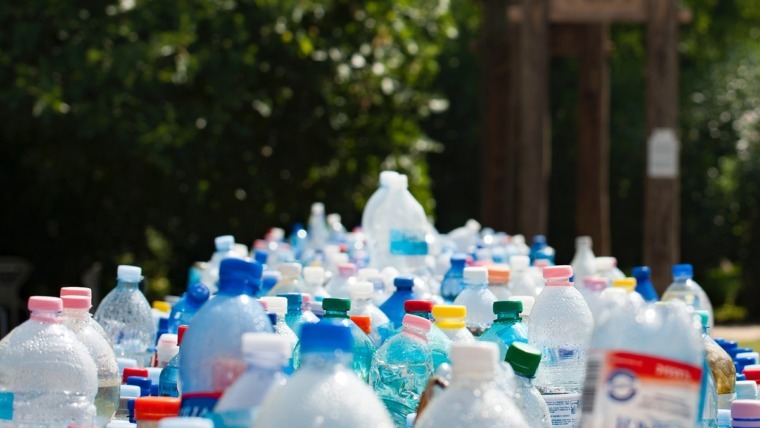
Tips To Renovating Your Home
Written By Ian Fry
Simple Tips To Ensure Your Designs Pass The Water-Efficiency Benchmark.
Reducing the amount of water a house uses is not only good for the home owner’s bank balance, it means that the chances of passing a BASIX assessment with the minimum of fuss are very high. And a real bonus is that it’s good for the environment too, particularly with so much drought around and the threat of possible water restrictions to come.
The Principal of Frys Energywise, Ian Fry, has many years of experience serving the building industry and believes it is a straightforward process to design, build and equip a home to use the least water possible so that the end-user can reduce their reliance on town water and contain water bills throughout the year.
“BASIX requires a pass mark of 40% for the water capacity and usage elements of an assessment,” says Ian Fry. “So in order for the architect, builder or developer to be able to meet or exceed that target, the aim is to reduce the amount of water that the home uses.”
This assessment is conducted from the size (square metres) of the area of land on which the house is sited and the amount of soft landscaping, excluding driveways and paths, which you want to construct, with the assumption that this area will need to be irrigated. It’s a smart move to have plans that also nominate the plants to be used that will require less water (usually native and indigenous plants).
Tapware
Tapware is another key element of design plans that affects water use and Fry’s main tip for tapware is to check its Wels Rating. “All tapware sold in Australia must have a Wels Rating,” explains Mr Fry. “This rating is described in stars, and the higher the star rating the lower the flow rate, resulting in reduced water use.”
You must also declare whether you’re using an alternative water supply. By alternative water, BASIX defines that as water that comes in the form of a water tank or a connection to reticulated recycled water, if available to the street. Check your site address to see if recycled water is available.
“In most cases, to meet the 40% benchmark of BASIX, some form of alternative water use is required,” says Ian. Typically, a rainwater tank is the most common use of alternative water, so including a suitably sized tank in the design plans to be assessed, is always a great idea.
“Most new home builders now include the supply of a water tank as a standard inclusion, unless recycled water is available,” Fry reveals. “Water is supplied to the tank by diverting the gutters on the roof of the tank. The tank is also connected to the town water supply, so in the event the tank is empty, the fittings being used by the tank always have continued supply.”
Tips To Renovating Your Home Tips To Renovating Your Home Tips To Renovating Your Home



